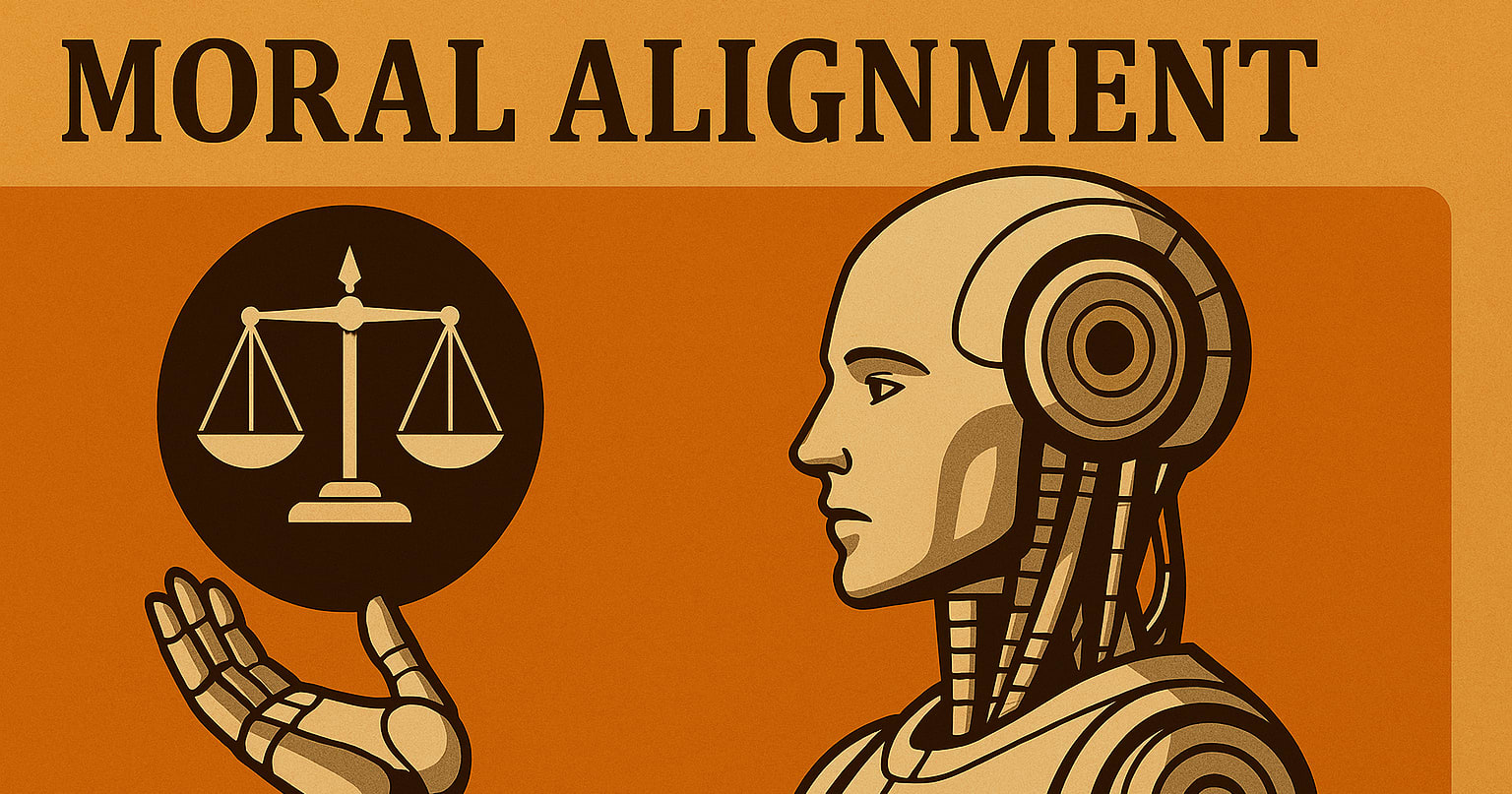I feel that older EA forum posts are not read nearly as much as they should. Hence, I collected the ones that seemed to be the most useful and still relevant today. I recommend going through this list in the same way you would go through the frontpage of this forum: reading the titles and clicking on the ones that seem interesting and relevant to you. Note that you can hover over links to see more details about each post.
Also note that many of these posts have lower karma scores than most posts posted nowadays. This is in large part because until September 2018, all votes were worth only one karma point, and before September 2014 there was no karma system at all. Furthermore, the forum readership used to be lower. Hence, I don’t advise to pay too much attention to karma when choosing which of these posts to read. Most of these posts had a significantly higher karma than other posts posted around the same time.
To create this list, I skimmed through the titles (and sometimes the contents) of all posts posted between 2012 and 2017. I relied on my intuition to decide which posts to include. Undoubtedly, I missed some good ones. Please feel free to point them out in the comments.
Also note that in some cases the information in these posts might be outdated, or no longer reflect the opinions of their authors.
Communication
- Supportive Scepticism
- See also: Supportive scepticism in practice
- Some Thoughts on Public Discourse
- Six Ways To Get Along With People Who Are Totally Wrong*
- If you don't have good evidence one thing is better than another, don't pretend you do
- You have a set amount of "weirdness points". Spend them wisely.
General reasoning
- In defence of epistemic modesty
- Integrity for consequentialists
- Beware surprising and suspicious convergence
Cause-prioritization
- Why I'm skeptical about unproven causes (and you should be too)
- How we can make it easier to change your mind about cause areas
- Cause prioritization for downside-focused value systems
- Five Ways to Handle Flow-Through Effects
- Post series by Micheal Dickens
Long-term Future
- AI Safety Literature reviews by Larks: 2016, 2017, 2018, 2019
- Will we eventually be able to colonize other stars? Notes from a preliminary review
- The timing of labour aimed at reducing existential risk
- Cognitive Science/Psychology As a Neglected Approach to AI Safety
- Principia Qualia: blueprint for a new cause area, consciousness research with an eye toward ethics and x-risk
- Why might the future be good?
- Personal thoughts on careers in AI policy and strategy
- My current thoughts on MIRI's "highly reliable agent design" work
- Improving disaster shelters to increase the chances of recovery from a global catastrophe
- Why long-run focused effective altruism is more common sense
Advice on how to think about altruism
- Effective Altruism is a Question (not an ideology)
- Cheerfully
- Effective Altruism is Not a Competition
- Personal consumption changes as charity (a suggestion about how to decide whether to buy more expensive but more ethical products)
- Aim high, even if you fall short
- An embarrassment of riches
- Parenthood and effective altruism
- How much does it cost to have a child?
- EA is the best choice I've ever made
- Room for Other Things: How to adjust if EA seems overwhelming
- On everyday altruism and the local circle
- Helping other altruists
- Effective altruism as the most exciting cause in the world
- For more advice on how to think about altruism, see excellent blogs Minding our way (by Nate Soares) and Giving Gladly (by Julia Wise)
Movement strategy
- Keeping the effective altruist movement welcoming
- The perspectives on effective altruism we don't hear
- Cosmopolitanism
- What the EA community can learn from the rise of the neoliberals
- EA risks falling into a "meta trap". But we can avoid it.
- Answer: Why we need more meta
- Which stage of effectiveness matters most?
- A critique of effective altruism (some follow-up here)
Donating money
- Giving now vs. later: a summary
- Keeping choices donation neutral
- The Privilege of Earning To Give
- Risk-neutral donors should plan to make bets at the margin at least as well as giga-donors in expectation
- Talk about donations earlier and more
- Can we apply start-up investing principles to non-profits?
- For more see Earning to give: an annotated bibliography
Miscellaneous
- Increasing Access to Pain Relief in Developing Countries - An EA Perspective
- Good policy ideas that won't happen (yet)
- Why I left EA
- Lessons from the history of animal rights
- $1.25/day - What does that mean?
- Consider raising IQ to do good
- The most important unsolved problems in ethics
- What small things can an EA do? (perhaps superseded by Take action)




Really enjoyed this collection.
One more long-term-future post from that era that I'd recommend is Beckstead's A proposed adjustment to the astronomical waste argument. I think that's been influential in a lot of people's thinking (I see it cited often), including mine.
Also, regarding Beckstead's Improving disaster shelters to increase the chances of recovery from a global catastrophe (which you link to), he also wrote a good paper on the same topic.